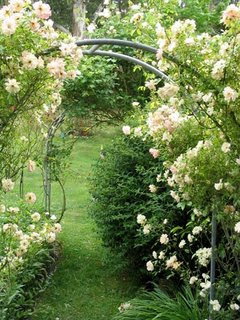
Buttons are not only an accessory meant for fastening clothes or for giving them a stylish look but they are also a popular collectible item. Many people love to collect buttons, as most of them are works of art and beauty.
History of button collecting
The word ‘Button’ has originated from the French word ‘Bouton’ meaning bud or protuberance or any round object.For almost 3,500 years, buttons were worn as ornaments and not as cloth fasteners. They were a status symbol and craftsmen were hired just to make beautifully crafted buttons from precious materials. Greeks and Romans are thought to be the first to use buttons to fasten clothes. The practice of buttoning a garment originated in Western Europe in the 1200s.Some of the first button collectors in the US were young girls, for legend said that once a girl has collected 1000 buttons on her charm string her Prince Charming would arrive. Nowadays, many societies and organizations exist in the Western countries that bring together button collectors and facilitate the exchange of antique buttons.
Kinds of buttons
Look around you. Apart from the ordinary plastic ones, buttons are made from glass, wood, fabric, metal, brass, ivory, ceramic, bone and even silver and gold. They come in all shapes and sizes and are available in a variety of colours. Some have miniature scenes painted on them while others are exquisitely carved, inlaid or stamped.
Button crafts
You can make many different crafts from buttons if you use your imagination. Here are some ideas:Fill a clear, transparent glass jar completely with different coloured cute buttons of every imaginable size and shape. Now put the lid on. This is not only a safe place to keep your buttons in, it also makes a good decoration piece.Or, take a white piece of cloth. Draw any scenery on it and add colour to it by sewing various coloured buttons on it.If you are interested in sewing and need a pretty container to keep your needles and thread in, take an empty cardboard or wooden box. Cover it completely by pasting many buttons of various colours on it. There! Your box is ready.
Advantages
Buttons are very cheap. They are easily available, too. You can add to your collection by taking out buttons from old and used clothing and garments. But be sure not to meddle with new clothes or your Mom will be after you!!!
(Saadia Daud)





















